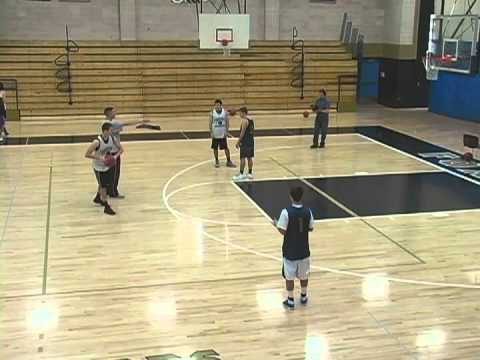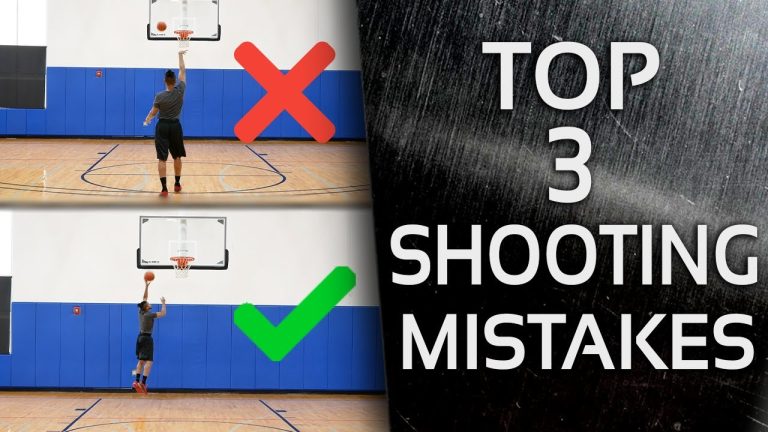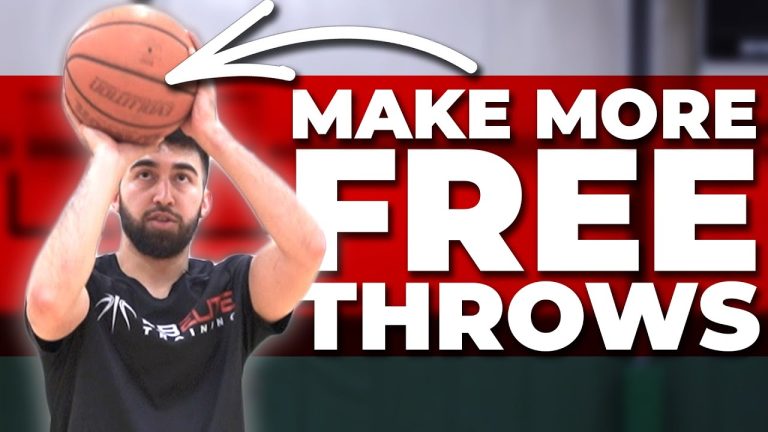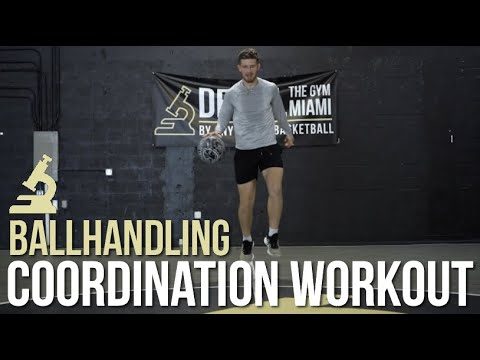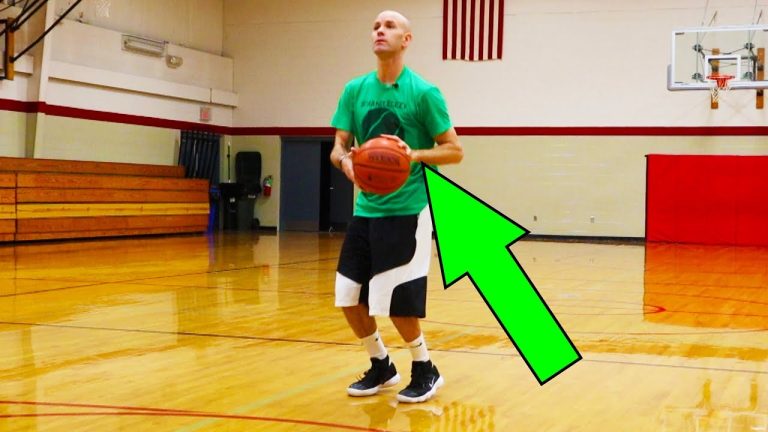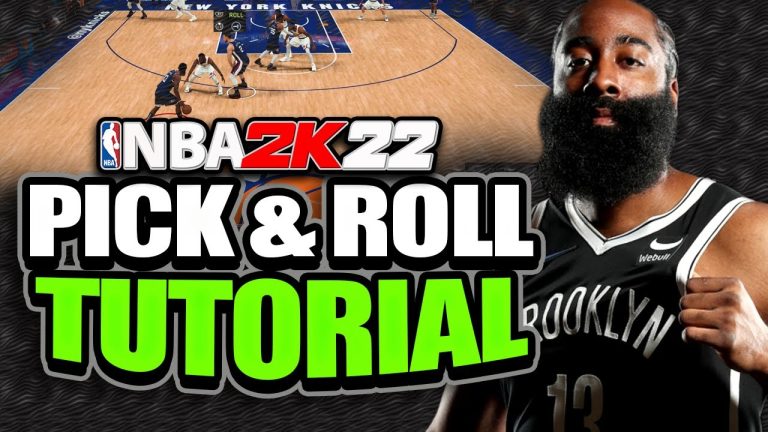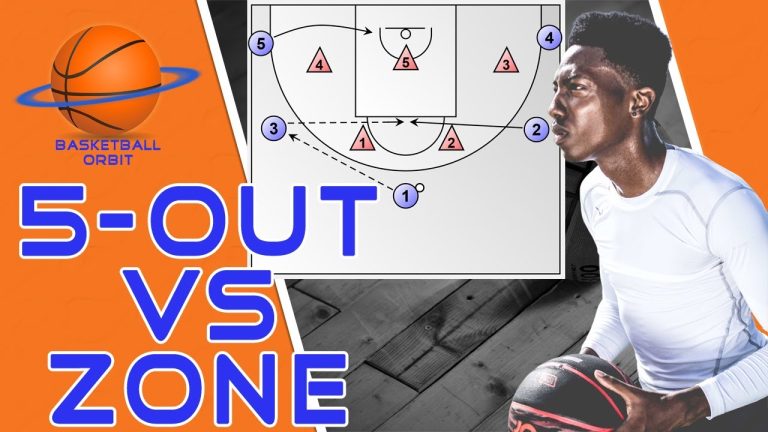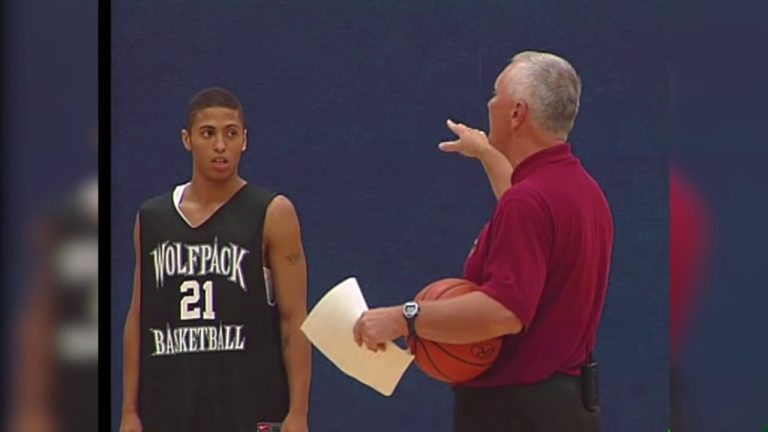The box-and-one defense has become a popular strategy in basketball, especially at the high school and collegiate levels. This unique defensive scheme aims to shut down the opposition’s best player by assigning one defender to closely guard them, while the other four defenders adopt a zone defense. While this tactic can be effective in neutralizing a star player, it also carries certain disadvantages that coaches and teams must carefully consider. In this article, we will explore the limitations and potential drawbacks of the box-and-one defense, shedding light on its impact on team dynamics and overall defensive effectiveness.
What is the effectiveness of the box and one defense strategy?
The box and one defensive strategy can be highly effective in various game situations. This approach disrupts offensive possessions by denying the ball, making it particularly useful in games with shot clocks or during end-of-game scenarios. Additionally, the box and one is especially effective against teams that have below-average perimeter shooting skills. With its ability to stifle opponents and limit scoring opportunities, this defensive tactic proves to be a valuable weapon in the game of basketball.
What are the main disadvantages of a zone defense?
Zone defense can be highly effective in limiting opponents’ scoring opportunities, but it does come with its drawbacks. One of the main disadvantages is its vulnerability to the 3-point shot. By guarding specific areas rather than individual players, zone defenses can leave perimeter shooters open, making it easier for the opposing team to score from beyond the arc. This highlights the importance of strong communication and quick rotations to close out on shooters.
Another disadvantage of zone defense lies in the limitations it imposes on players’ athletic development and foot coordination. In a zone, players have less freedom to move around and must rely on their positioning and anticipation skills. This can hinder their ability to develop their agility, quickness, and defensive footwork, which are crucial aspects of individual defense. It is essential for players in the back of the zone to maintain their focus and stay active to compensate for the reduced movement opportunities.
While zone defense offers its benefits, such as providing better help defense and reducing the risk of fouls, it is important to recognize its drawbacks. By understanding the susceptibility to 3-point shots and the potential limitations it imposes on players’ athletic development, coaches can make informed decisions about when and how to utilize zone defenses effectively in their game strategies.
What is the specific situation in which a coach would employ a box-and-one defense?
When faced with a team that has a dominant perimeter player, a coach may employ the box-and-one defense strategy. In this unique defensive approach, one defender is assigned the sole task of denying the ball to the opposing team’s key player. By playing a tight man-to-man style defense and eliminating the need for help or rotation, the box-and-one defense focuses on neutralizing the dominant player’s impact on the game. With its concise and straightforward nature, this defensive tactic effectively disrupts the opponent’s offensive flow and provides the team with a strategic advantage.
To counter the threat posed by a particularly dominant perimeter player, coaches often resort to the box-and-one defense. This combination defense involves one defender dedicating their efforts solely to denying the key player access to the ball. By implementing a tight man-to-man style defense without the need for help or rotation, the box-and-one defense offers a clean and concise solution. Its simplicity effectively neutralizes the impact of the opposing team’s dominant player, disrupting their offensive rhythm and providing the coach’s team with a distinct advantage on the court.
Unlocking Defense Domination: Decoding the Box-and-One Strategy
Unlocking Defense Domination: Decoding the Box-and-One Strategy
The box-and-one defensive strategy has become a formidable weapon in the world of basketball, confounding opponents and leading teams to victory. This innovative tactic involves four defenders forming a box formation, while one player aggressively shadows the opponent’s star player. By neutralizing the key offensive threat, the defense gains a significant advantage, disrupting the flow of the opposing team’s offense. The box-and-one strategy has proven to be a game-changer, unlocking defensive domination and leaving opponents searching for answers.
Mastering the Box-and-One Tactic: Pros, Cons, and Crucial Considerations
Mastering the Box-and-One tactic can be a game-changer on the basketball court. This defensive strategy is characterized by four players forming a box formation around the key, while one player closely guards the opposition’s key player. The pros of this tactic are evident: it can disrupt the opponent’s offense, limit their star player’s impact, and force them into making rushed decisions. However, there are also cons to consider. By leaving one player unguarded, the box-and-one opens up possibilities for quick passes and open shots. Therefore, mastering this tactic requires crucial considerations such as communication, adaptability, and disciplined execution.
One of the major advantages of the box-and-one tactic is its ability to disrupt the opponent’s offensive rhythm. By surrounding the key with four players, passing lanes can be clogged, making it difficult for the opposition to execute their plays. This defensive formation forces the offense to adjust their strategies, often resulting in rushed shots or turnovers. Additionally, by assigning one player to closely guard the opposition’s key player, their impact on the game can be significantly diminished, disrupting their scoring and playmaking abilities.
However, there are cons to be aware of when implementing the box-and-one tactic. Leaving one player unguarded can create opportunities for quick passes and open shots. If the offense can successfully exploit this weakness, it can lead to easy baskets and a breakdown of the defensive structure. Therefore, mastering this tactic requires strong communication among the defenders to quickly switch and close gaps. It also demands adaptability to adjust the defensive formation based on the opponent’s offensive strategies and personnel.
In conclusion, mastering the box-and-one tactic requires crucial considerations and disciplined execution. While it can disrupt the opponent’s offense and limit the impact of their star player, leaving one player unguarded poses risks. Communication, adaptability, and disciplined execution are key in ensuring the success of this defensive strategy. By carefully weighing the pros and cons, coaches and players can effectively incorporate the box-and-one tactic into their game plan and gain a competitive edge on the basketball court.
Defense Reinvented: Unleashing the Power of Box-and-One in Basketball
Defense in basketball has always been a crucial aspect of the game. However, with the evolution of offensive strategies, traditional defensive tactics need to be reinvented. Enter the box-and-one defense, a game-changing approach that has been proven to unleash the power of defense on the basketball court. By implementing this innovative strategy, teams can effectively neutralize the opponent’s star player while maintaining a strong defensive presence. The box-and-one defense combines the strength of a zone defense with the flexibility of man-to-man coverage, creating a formidable barrier that disrupts offensive flow and forces turnovers. With its ability to adapt to different game situations and shut down key players, the box-and-one defense is revolutionizing the way teams approach defense in basketball.
Gone are the days when defense was simply about blocking shots and stealing the ball. In today’s fast-paced basketball, teams need to think outside the box and embrace new defensive strategies. The box-and-one defense is a prime example of this reinvention, as it empowers teams to disrupt the opponent’s offensive rhythm and take control of the game. By deploying a designated player to shadow the opposing team’s star player, the box-and-one defense creates confusion and frustration in the opponent’s ranks. Meanwhile, the rest of the defensive unit forms a solid box formation, making it incredibly challenging for the offense to penetrate and find scoring opportunities. This innovative approach not only stifles the opponent’s offensive game plan but also allows teams to dictate the pace of the game and dominate on the defensive end. Defense has truly been reinvented with the box-and-one strategy, unlocking a new realm of possibilities in the world of basketball.
While the box-and-one defense can be an effective strategy to neutralize a key offensive threat, its limitations should not be overlooked. The reliance on a single defender to shut down the opponent’s best player can leave other offensive options open and create mismatches on the court. Additionally, this defensive scheme requires exceptional communication and coordination among teammates, making it susceptible to breakdowns and leaving the defense vulnerable. Therefore, while the box-and-one defense can be a useful tool in certain situations, coaches and players must carefully consider its disadvantages and weigh them against its potential benefits.

